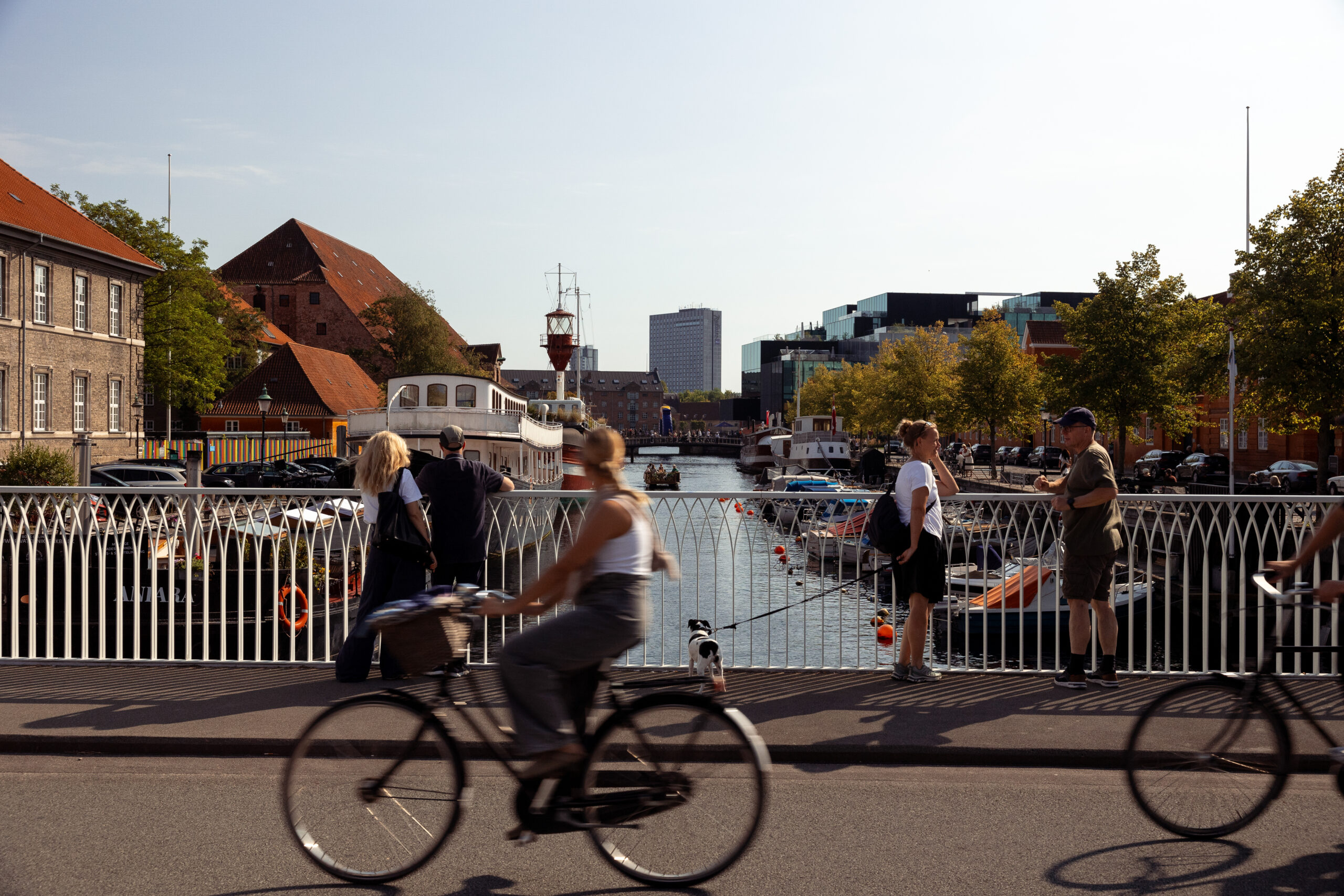Among the myriad of global rankings Denmark tops, it ranks 22nd out of the 198 countries ranked by the International Institute for Democracy and Electoral Assistance.
Voter turnout alone is of course no guarantee of electoral freedom. Somalia, which registered a 98.6 percent turnout in 1984, tops the same list, while the US comes in 186th with a 41.9 percent turnout during the 2010 mid-term election. However, Denmark’s 87.7 percent turnout, coupled with a ballot rejection rate of under 1 percent should serve as a clear sign to lawmakers that they should resist the temptation to tinker with the current paper ballot system.
Much of the reason why the current system functions so well may have to do with its decidedly low-tech approach: paper ballots are filled in by hand, folded and stuffed in a sealed container under the watchful eye of citizen election officials. Later, ballots are counted by hand – first by party, then by individual candidate. Despite the all-manual method, election outcomes are available within hours of the polls closing.
At a time when so little appears to work with our political process, it’s refreshing to see that at least the system set up to put them into power functions relatively smoothly.
This system may now be upgraded to an electronic version that even computer experts warn against. It’s true that e-voting has some potential benefits, including lower costs and even faster processing times. Having an easily accessible voting system might even make it possible for lawmakers to put contentious issues to a referendum more frequently.
It’s also likely that access for handicapped voters could be improved, but if ease of access were the primary issue, other less complex measures should be considered first. In some US states, for example, absentee voters are permitted to scan their completed paper ballot and email it to voting authorities. Other widely available technologies – including video cameras and smartphones – could easily be incorporated into this process.
Given the nation’s poor track record implementing major IT systems, the Interior Ministry would probably save money by sending out an election official to the home of every disabled voter in the days leading up to the election. The cost would almost certainly be less than it would take to design, test, implement and maintain a secure computer network that would be used less than once a year.
The government should listen to those who know best – the voters themselves – and keep the ballot offline.












